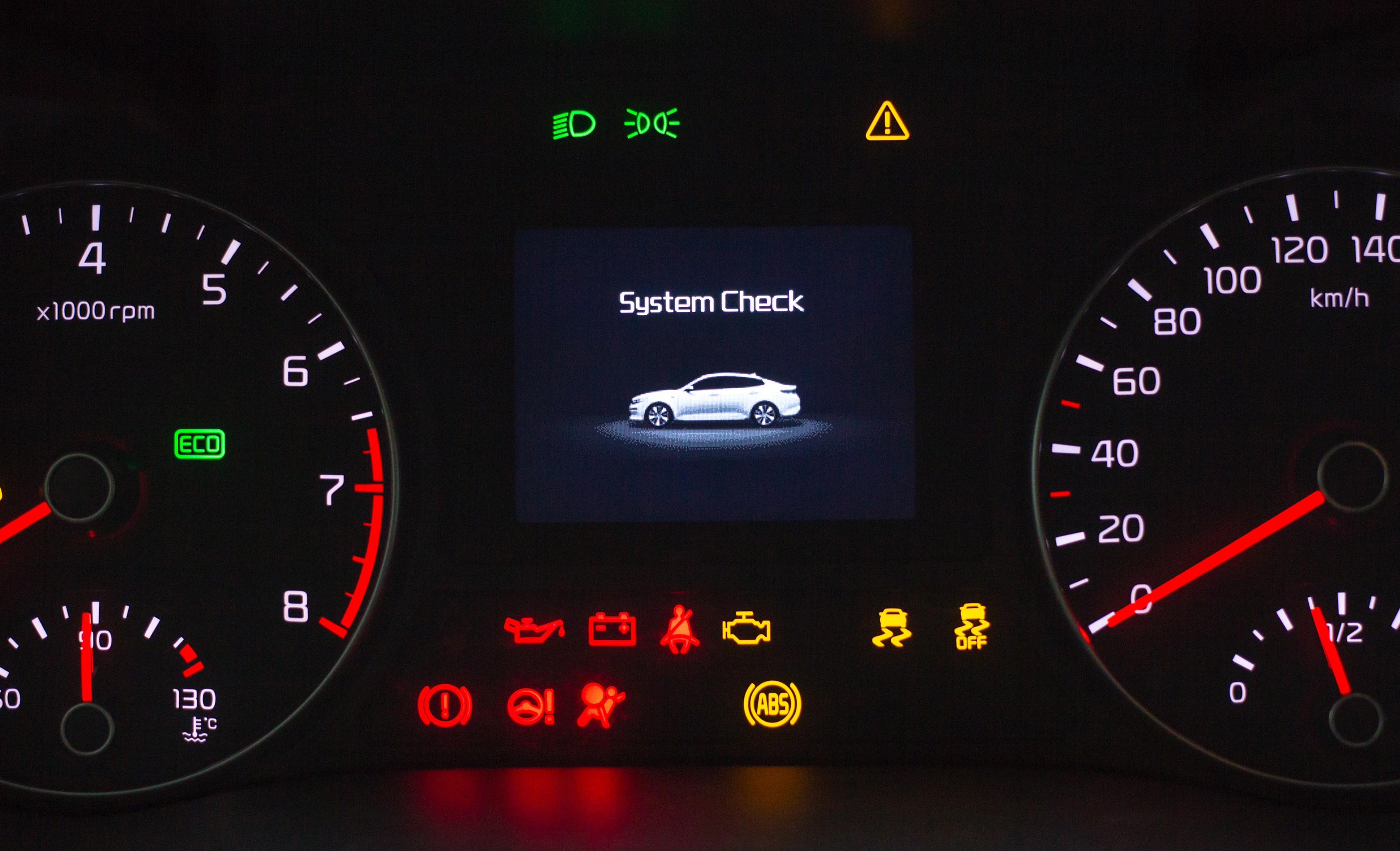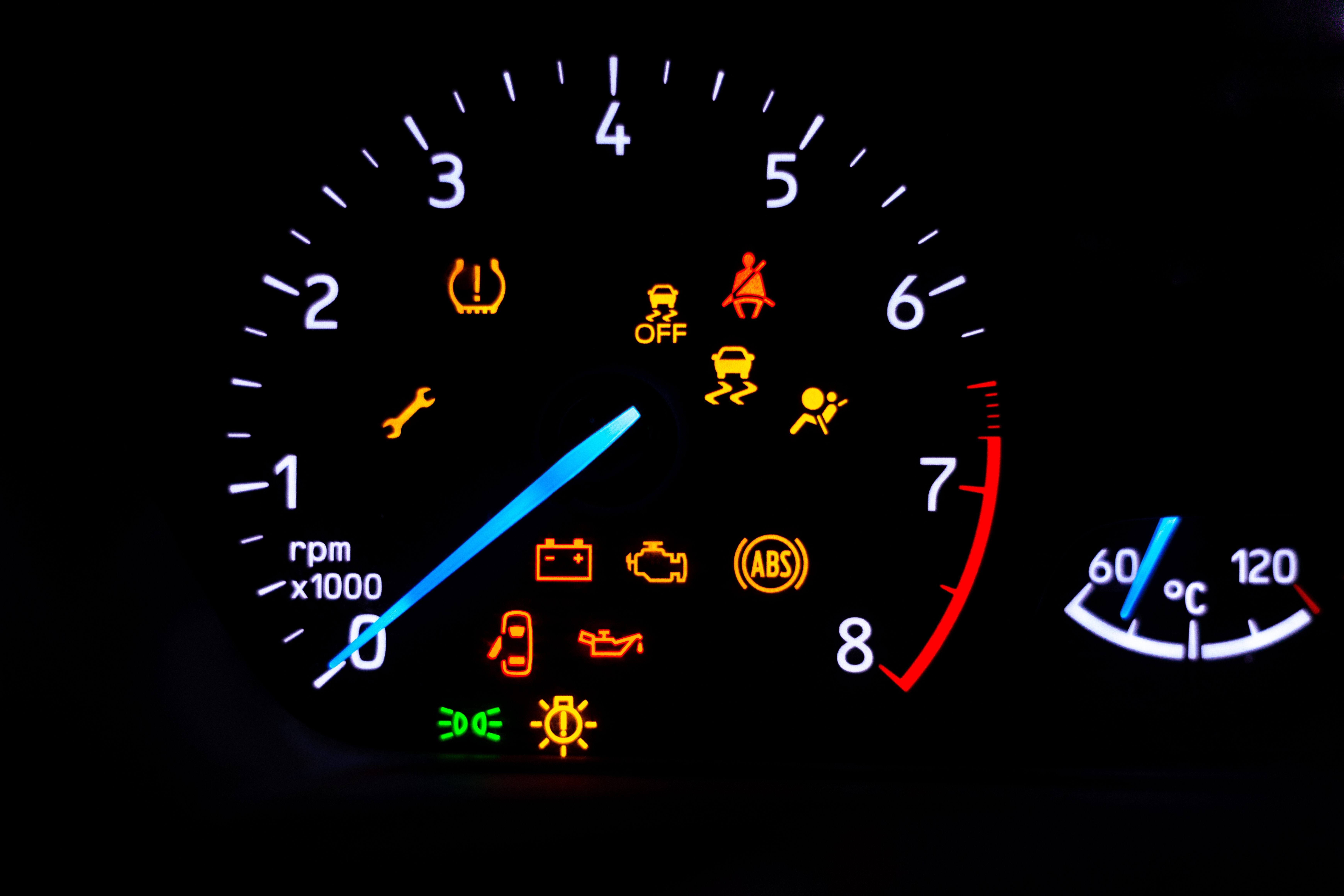
Do You Know Your Dashboard? The Importance of Understanding Cruise Control Warning Lights
Do You Know Your Dashboard? The Importance of Understanding Cruise Control Warning Lights
Modern cars continue to evolve, packing in more technology and smart features to make driving safer and more enjoyable. However, a recent survey by Warrantywise, the UK’s leading provider of extended car warranties, reveals a significant challenge: nearly half of UK drivers admit they do not understand even the most basic cruise control-related warning lights. This worrying gap in knowledge has real consequences for road safety and the cost of vehicle ownership.
The Alarming Reality of Driver Knowledge
Consider the moment when a warning light flickers on while you’re driving. For many, that simple alert generates confusion rather than action. In a survey conducted with OnePoll, Warrantywise found that 41% of UK drivers could not recognise or explain a single cruise control warning light. Even more troubling, only 28% of drivers could safely identify the car distance indicator, and just 33% could pick out the cruise control warning light on their dashboard. These statistics highlight how many drivers remain uncertain about basic vehicle features, especially as vehicles rely more heavily on advanced systems like adaptive cruise control, lane assist, and driver aids.
As cars get smarter, many motorists are left behind, unsure how to respond to communication from their dashboard. This disconnect can have serious consequences. If confusion turns into hesitation or inaction, it may lead to delays in addressing issues, impacting both safety on the road and potentially leading to higher repair costs.

Why This Matters
Misunderstanding or ignoring dashboard warning lights isn’t just a minor inconvenience—it can have major repercussions. Ignorance can put you, your passengers, and other road users at risk. Safety features such as cruise control, lane assist, or distance indicators exist for a reason: to keep the driver informed and prompt timely responses when something is wrong. If, for example, a lane assist malfunction goes unnoticed, a driver might mistakenly depend on a function that’s not operating—a potentially hazardous scenario.
Cost is another important factor. Cars today are more complex than ever before, with some newer models containing over 100 million lines of software code, a number that exceeds even the systems in modern fighter jets. This technology brings all kinds of benefits, but when a warning light goes unnoticed, a minor problem can escalate, making repairs more complicated and expensive than if addressed quickly.

What Drivers Are Saying
While the rise in vehicle sophistication is exciting, it has led to “tech overload” for many drivers. Some industry research reports that 61% of drivers do not regularly use their advanced vehicle features, and almost a quarter have turned these systems off altogether, primarily because they found them confusing or distracting. Antony Diggins, Managing Director at Warrantywise, puts it succinctly: modern vehicles are more connected and capable than ever, but this complexity is not always matched by driver knowledge or confidence. Dashboard alerts are meant to keep us safe, but they only work if drivers can interpret and act on them. Even something as simple as failing to recognize a warning light can delay necessary action and ultimately have consequences both for safety and for repair costs.

Navigating Tech Overload
For some drivers, modern technology feels more like a barrier than a benefit. But bridging this gap does not require an engineering degree. It starts by understanding the basics—starting with the dashboard. Every symbol on your dashboard is there for a reason: lane assist warnings let drivers know when this helpful feature is unavailable or compromised, cruise control alerts notify you of any issues with speed regulation or adaptive functions, and distance indicators play a vital role in helping cars maintain safe separation from others on the road. All of these are essential, but many drivers remain unfamiliar with what these warning signs actually mean.
Getting to grips with your dashboard isn’t as daunting as it may seem. Taking a few minutes to review your vehicle’s manual or asking for guidance at your next service appointment can make a world of difference. Building this confidence helps ensure you’ll be ready to act promptly the next time an indicator light flashes on.
Prompt action is critical. Ignoring a dashboard alert, even briefly, can allow a small issue to grow into a costly and more serious problem. When in doubt, seek advice from a trusted mechanic or service provider who can quickly diagnose and resolve the warning.
The Bottom Line
As cars become more intelligent, drivers need to keep pace. Intelligent systems only deliver their full safety and convenience benefits when they are understood and used properly. Investing just a little time in learning what key dashboard lights mean—and responding promptly to them—can help you avoid unnecessary risks and costs down the line.
Reference
Newspressuk.com. (2025). Available at: https://newspressuk.com/releases/114098










